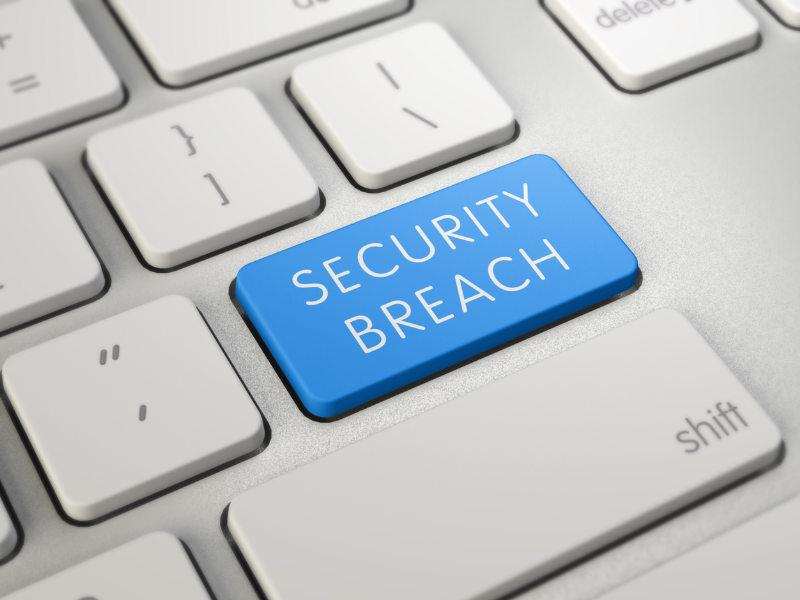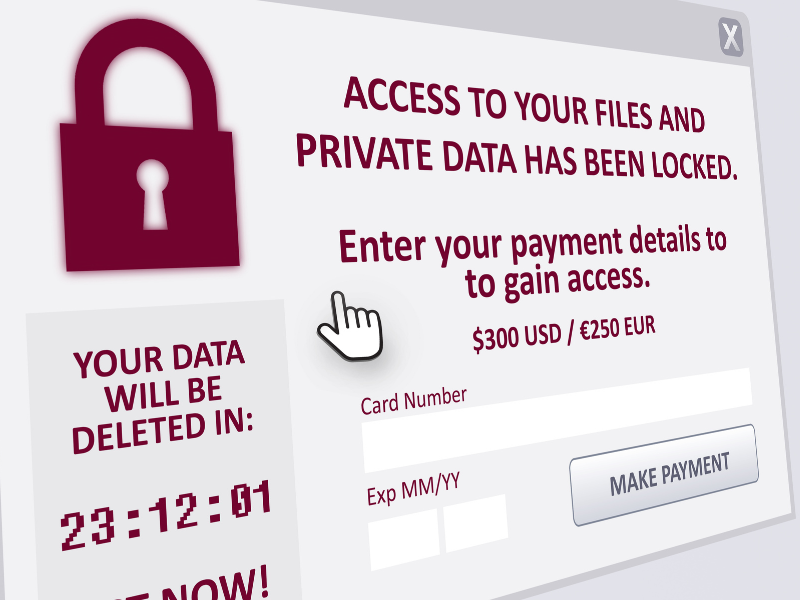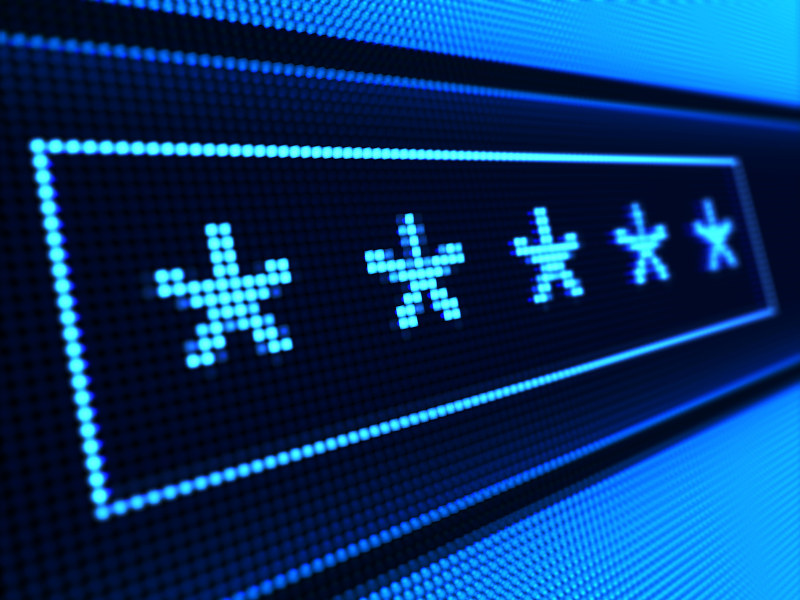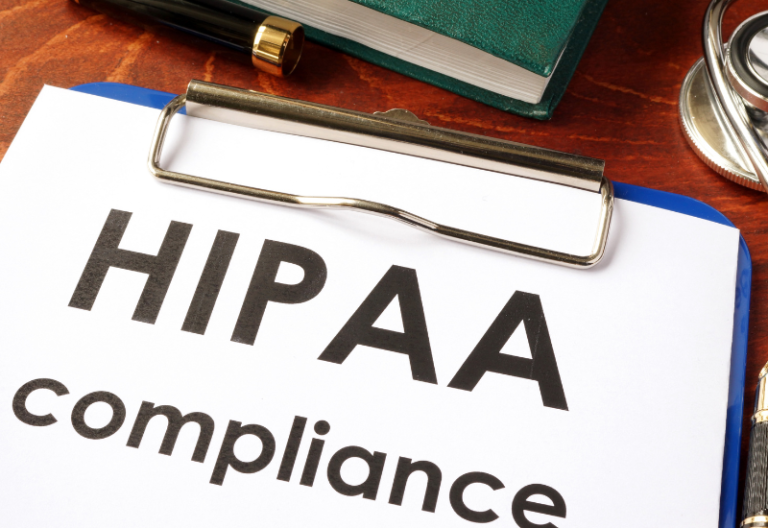Proper disclosure of events involving unauthorized access is a must for entities in the healthcare industry. Given today’s digital landscape and the rising use of telehealth platforms and Electronic Health Records (EHR) systems, healthcare institutions have become a common target of malicious attacks and unauthorized access.
Let’s discuss the crucial role of unauthorized access disclosure in avoiding severe HIPAA violations and other costly consequences. Plus, learn some preventive measures for safeguarding PHI to ensure data integrity and confidentiality.
Table of Contents

What Is Unauthorized Access?
What may be an unauthorized disclosure of PHI?
Such incidents often involve individuals or groups gaining entry or access to a covered entity’s system, database, or network without proper permission. It puts organizations at risk of non-compliance, compromising sensitive patient data, including medical histories, treatment records, and laboratory results.
Access to patient records without authorization often stems from the following actions:
- Protected health information (PHI) mishandling: Malicious actors can leverage this vulnerability to gain unauthorized access.
- Lost or stolen devices: Misplaced or stolen devices containing electronic protected health information (ePHI) can lead to unauthorized data disclosure, eventually risking the patient’s safety.
- Covered entity breaches: Workers of covered entities might inappropriately access PHI due to a lack of awareness or training, violating their authorized scope.
- Ransomware and malware: Cyberattacks like ransomware and malware can compromise medical records, potentially disrupting an entity or organization from providing various healthcare services.
- Improper disposal: Improper PHI or ePHI disposal methods can result in unauthorized viewing by individuals without legitimate access rights.

The Damaging and Costly Consequences of Unauthorized Access
The consequences of unauthorized access include:
- Unauthorized disclosure of information: The consequences of unauthorized PHI disclosure can reverberate through loss of credibility, reputation erosion, decreased market share, and compromised competitive advantage.
- Network systems disruptions: Inability to access critical resources and transmit patient files when needed can inflict substantial productivity losses. Service disruptions during pivotal processing periods can yield disastrous consequences.
- Productivity loss: Misusing IT resources, including network bandwidth, can trigger slow response times, delaying legitimate computer activities. This delay-sensitive scenario can entail high costs and constant interruptions.
- Financial setbacks: Financial losses can materialize directly through monetary theft or indirectly via the aftermath of security incidents, such as data corruption or service interruptions, necessitating recovery efforts.
- Legal ramifications: Security or privacy breaches can potentially subject an entity or organization to lawsuits leading to costly settlements and patient harm.
- Blackmail potential: Intruders exploit security breaches for financial gain, employing threats to extract money from companies under the menace of exposing the breach.
Many security threats and risks can arise when access control mechanisms are not adequate or appropriate. Poor access control allows unauthorized users to access sensitive data and vulnerable network systems, engage in fraudulent activities, and even cause critical computer services to stop functioning. To address these challenges, it’s crucial for healthcare providers to implement robust HIPAA website security requirements and take proactive measures to safeguard healthcare data and prevent healthcare data breaches.
Detecting and Responding to Unauthorized Access Incidents
Preventing unauthorized access is the initial line of defense. Yet, in such incidents, a rapid response becomes crucial in limiting the extent of harm. Swift detection of unauthorized access and efficient incident investigation facilitate a prompt and effective reaction. This involves quickly limiting access, preventing unauthorized entities, and taking back control over data, systems, and networks.
When such incidents happen, entities must see to it to provide unauthorized access disclosure to all affected individuals. Not only because industry regulations mandate it but also because it is their ethical responsibility to disclose the nature, cause, and potential impact of the breach. Also, doing so helps mitigate further harm.

5 Essential Steps to Protect PHI Against Unauthorized Access
Besides timely unauthorized access disclosures, preventing costly data breaches involves various strategies, such as:
Robust password policy
Implement stringent password practices, requiring long, complex passwords with a mix of characters. Educate users against easily guessed passwords and sharing credentials. Consider using tools like enterprise password management or Identity and Access Management (IAM) to ensure compliance.
Multifactor authentication
Strengthen authentication with multi-layered approaches. Combine knowledge-based factors (passwords, security questions) with possession factors (phones, tokens) and inherence factors (biometrics) for added security.
Physical security emphasis
Alongside cybersecurity, prioritize physical security. Train users to lock devices, avoid password-listing, and secure sensitive documents in encrypted storage. Establish clear office locking policies and restrict access to authorized personnel.
User activity monitoring
Monitor user accounts for anomalies like multiple login attempts or unusual access times. Strategies include log analysis, rule-based alerts, and behavioral analytics (UEBA) to detect deviations from normal behavior.
Endpoint protection
Today’s threats often target endpoints directly. Implement the necessary safeguards to secure workstations, servers, and cloud-based systems. Basic measures include deploying antivirus software across endpoints.
For healthcare institutions and their business associates, unauthorized access disclosure and robust authentication measures are a must to protect patient data, focusing on both digital security and patient health records safety. Displaying commitment to these best practices ensures that patient privacy remains a top priority. You can find more information on these topics on their respective websites.







